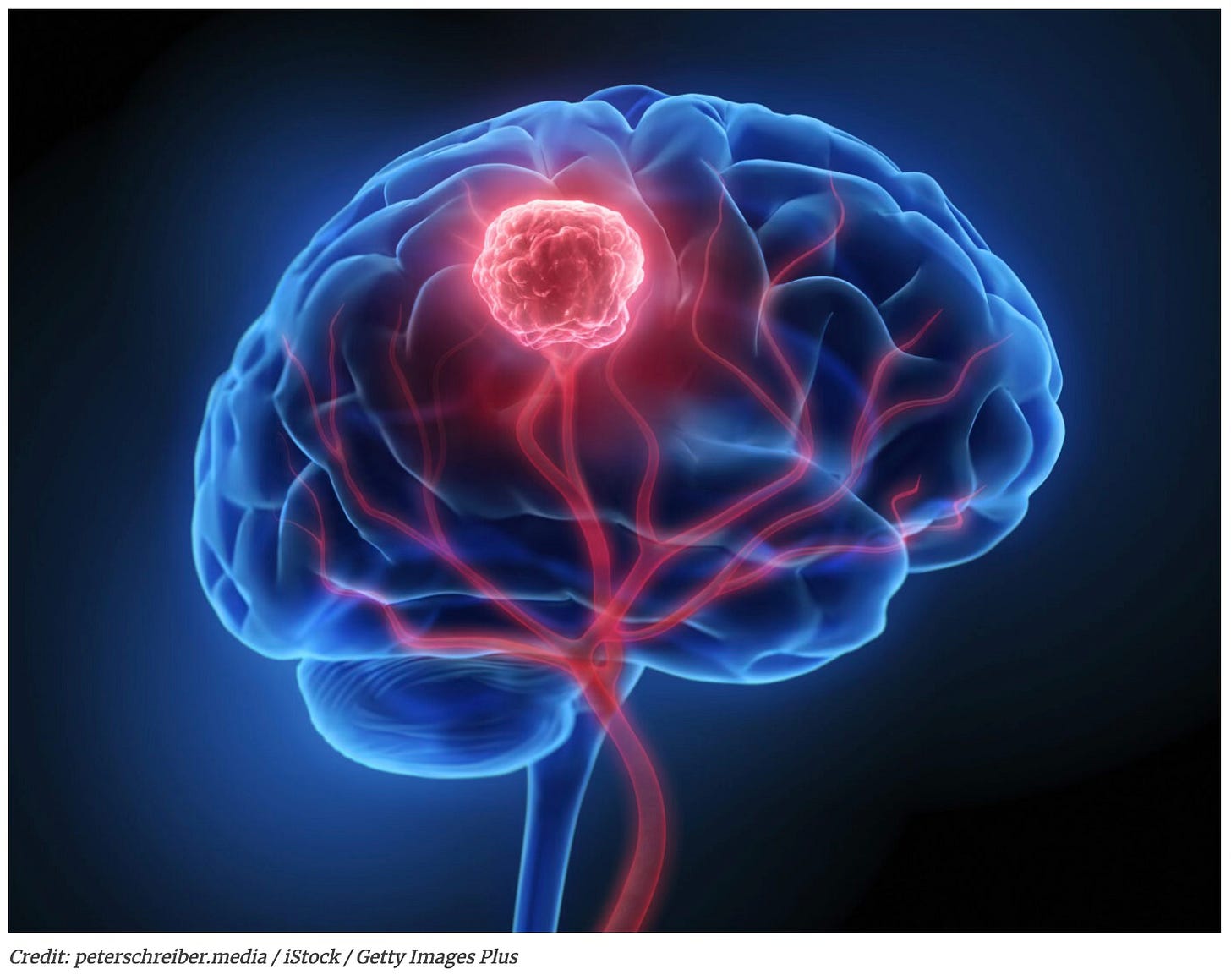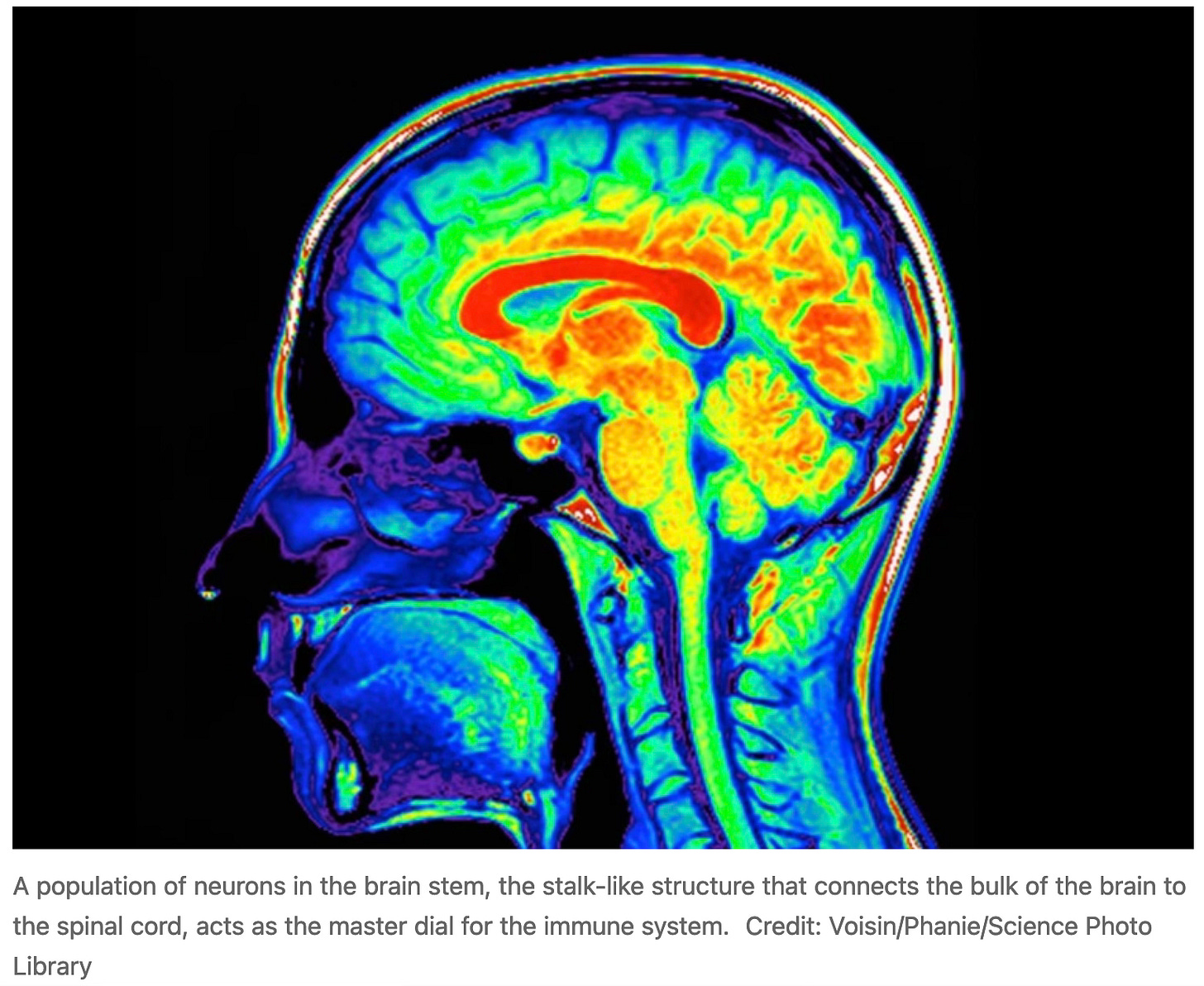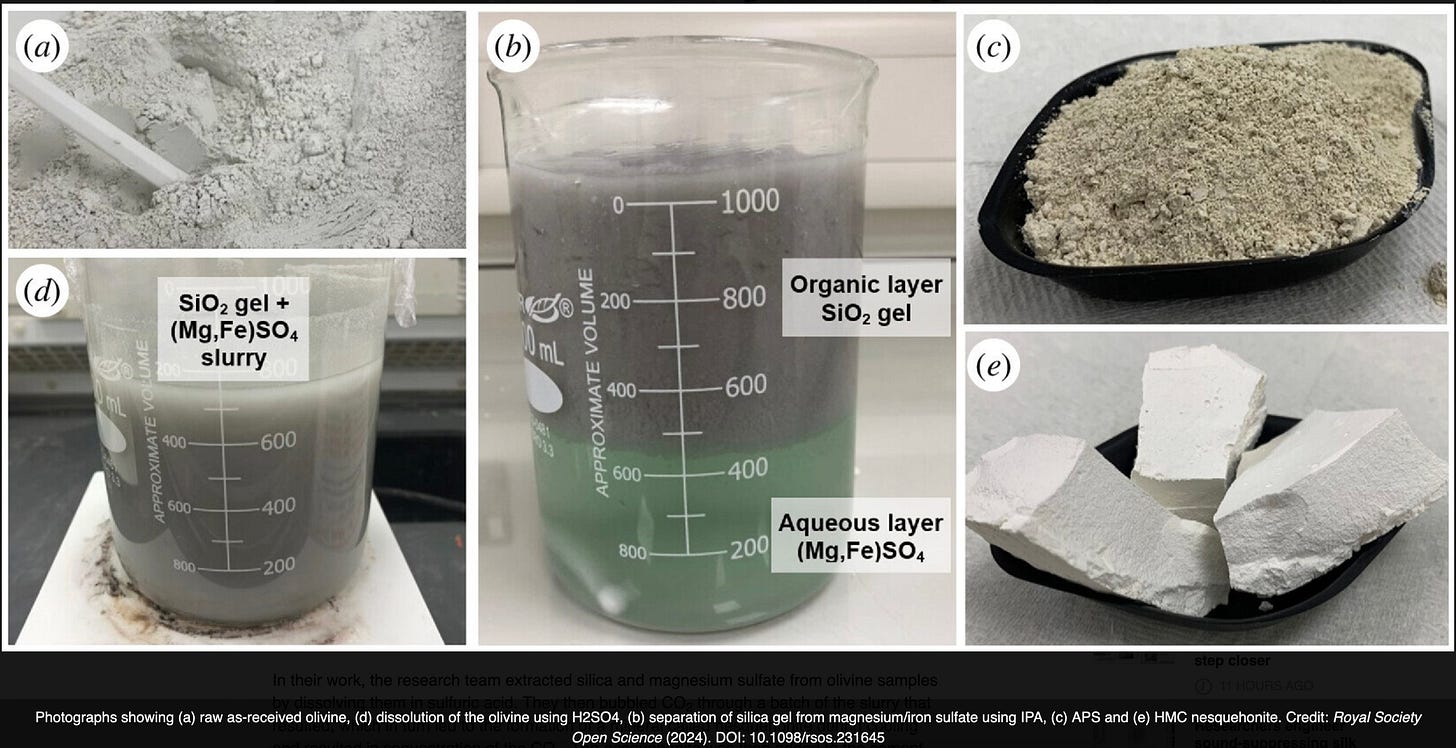This week we look at a new mRNA vaccine that targets Glioblastoma, the most aggressive form of brain cancer. It is another in the emerging category of immunotherapy tools being used to combat cancers. We find out what portion of the brain controls the immune system and we examine a new technique for training robots as randomly as possible. Finally we investigate a new additive to cement that will result in carbon negative concrete with longer durability and greater strength.
mRNA Brain Cancer Vaccine
A team at the University of Florida have developed an mRNA cancer vaccine that can reprogram the immune system to attack glioblastoma, the most aggressive form of brain cancer. Human trials have been conducted on four adult patients.
The team had previously carried out mouse and canine trails. The human trials had consistent results with the previous animal trials. This new strategy uses the patient’s own tumor cells to create a personalized vaccine which is added to an engineered complex lipid particle delivery mechanism. This combination simultaneously functions as a vaccine and as immunomodulating agents. The clusters of particles wrap around each other like onions. This alerts the immune system much more than a single particle would.
The canine trial showed how the vaccine reprogrammed the tumor microenvironment within days, allowing the activated immune system to fight the tumor. Within 48 hours the team saw the immune systems moving from a ‘cold’ immune response where very few immune cells respond to a ‘hot’ response or very active immune response. This rapidity of response is critical to unlock the later effects of immune response.
Dogs are the only other species that have a naturally occurring terminal brain cancer similar to humans. Once the dog study produced promising results the team advanced the research to a small FDA approved clinical trial in four humans. A personalized vaccine was developed for each participant. RNA was removed from each participant’s tumor and wrapped in the biocompatible packaging of the lipid nanoparticles. This made the tumor cells look like a dangerous virus. When injected into the blood stream a strong immune response was triggered.
It is too early in the trial to assess the clinical effects of the human vaccine however the dogs lived for a medium of 139 days verses a typical 30 to 60 day survival period. The challenge is to harness the immune system without adverse side effects. The team needs to determine how to best administer the vaccine and the booster infusion frequency.
The next step is an expanded Phase 1 clinical trial with 24 adult and pediatric patients. Once initial findings are validated and optimal and safe dosage is determined, 25 children will participate in a Phase 2 trial. There is a long road to finding a cure however this is a very promising start.
The Portion of the Brain that Controls the Immune System
Whilst we are talking about the brain, a team announced this week that they have discovered the cells in the brainstem that sense immune cues from the periphery of the body and act as the master regulator of the body’s inflammatory response.
Scientists have long known that the brain plays a part in the immune system however how the brain does this was a mystery. A team from Yale University has found the exact part of the brainstem that maintains the delicate balance between the molecular signals that promote inflammation and those that dampen it. This may lead to treatments for autoimmune diseases.
The brainstem has long been known to control many functions including processes such as breathing. This discovery opens up a whole new layer of biology that scientists had not anticipated. Previous work had linked the vegas nerve, a large network of nerve fibers that links the body to the brain, to having an influence in immune response. The specific neurons involved were unknown.
To understand how the brain controls immune response the team monitored the brain activity in mice after injecting inflammation triggering bacteria into the abdomen of mice. This allowed them to identify the specific neurons in the brainstem that activated in response to immune triggers. Activating these neurons with a drug reduced the levels of inflammatory molecules in the mice’s blood. Silencing the neurons led to an uncontrolled immune response. These neurons ensured that the immune response was appropriate.
Further study identified two groups of neurons, one that responds to pro-inflammatory immune molecules and another that responds to anti-inflammatory molecules. These neurons relay signals to the brain to control the immune response as it unfolds.
Finding a way to control this body brain network would offer an approach to fixing broken immune responses including autoimmune diseases and potentially long COVID. Diseases such as Multiple Sclerosis and Rheumatoid Arthritis may be able to be controlled. This discovery is the first step in finding out how the brain and the body control the immune system and to ultimately finding cures.
Random Robots
A team at NorthWestern University have developed a new AI designed specifically for smart robotics. The new algorithm, Maximum Diffusion Reinforcement Learning (MaxDiff RL) encourages robots to explore their environment as randomly as possible. This allows the robot to learn from a diverse set of experiences.
The “designed randomness” improves the quality of the data that robots collect about their surroundings. Higher quality data allows robots to learn more quickly and efficiently improving their overall reliability and performance. The new algorithm consistently outperformed other state of the art learning models and the robots were able to learn new tasks and many times, successfully perform them on their first attempt. Other AI learning models enable slower learning through trial and error.
MaxDiff RL is a general algorithm. It can be used for a variety of applications. The team hopes that their new approach will help address many of the foundational issues holding the robotic field back. The approach can be used for mobile robots as well as static robots, e.g a robotic arm in a kitchen that learns how to stack a dishwasher.
As tasks and physical environments become more complicated, the role of embodiment becomes more crucial during the learning process. This is an important step forward toward real systems that can do more complicated and more interesting tasks.
Carbon Negative Concrete
A team from Imperial College London have found that using Olivine in cement can create carbon negative concrete. The production of concrete is responsible for 8% of emissions of CO2 into the atmosphere. UK startup Seratech is commercializing the discovery.
When limestone is heated to produce clinker, a cement binder, CO2 is released into the atmosphere. The team found that when adding products from Olivine to cement mix instead of clinker that the cement was stronger and more durable without releasing any CO2. Olivine is an abundant material that contains silica and magnesium sulfate ((MgFe)2Sio4). It is the primary component of the earth’s upper mantle.
Some of the clinker used to create concrete is replaced with Silica derived from Olivine. The Olivine is dissolved in sulphuric acid separating the Silica and Magnesium Sulphate. Waste CO2 is then bubbled through the magnesium slurry to form nesquehonite.
Replacing 35% of the clinker with Silica results in carbon neutral cement, 40% substitution achieves carbon negativity. Current UK building standards allow up to 55% of cement to be replaced. The nesquehonite is used in making building blocks, bricks and plasterboard. The CO2 captured in the process becomes sequestered in the building materials.
Paying it Forward
If you have a start-up or know of a start-up that has a product ready for market please let me know. I would be happy to have a look and feature the startup in this newsletter. Also if any startups need introductions please get in touch and I will help where I can.
If you have any questions or comments please comment below.
I would also appreciate it if you could forward this newsletter to anyone that you think might be interested.
Till next week.






